Michaelmas is a Christian feast day celebrated on September 29th each year, honoring Saint Michael the Archangel and other archangels, such as Gabriel, Raphael, and Uriel.
When I attended Trinity College, Dublin back in the 1980's our first semester or term on our university calendar was known as Michaelmas term. Recently, I started thinking about investigating why it is called Michaelmas term, and here are my findings.
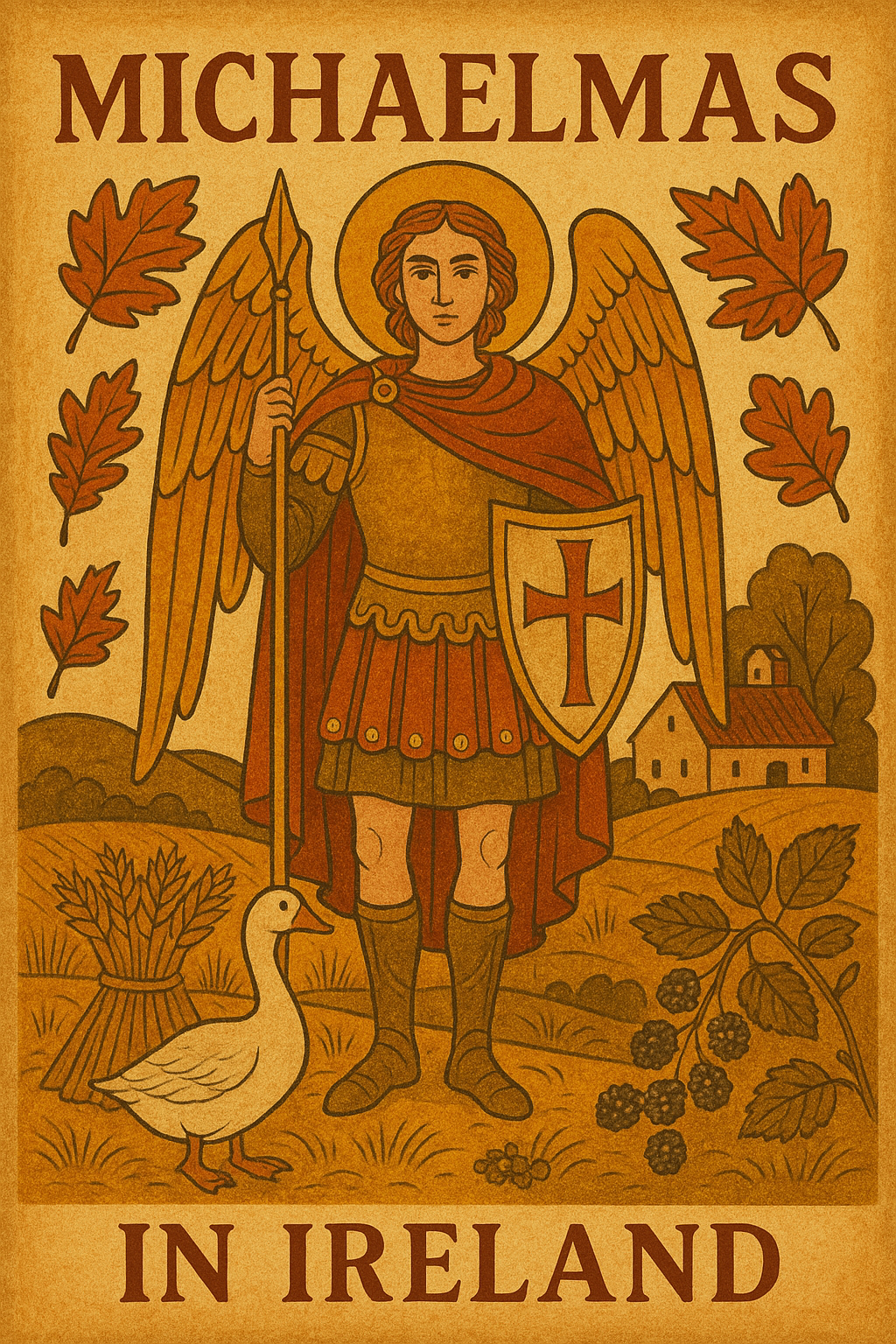
Michaelmas is one of the traditional "quarter days" in the Christian calendar, marking an important turning point in the seasonal year, particularly in Western Europe.
Religious Significance of Michaelmas
Saint Michael the Archangel is celebrated as the leader of the heavenly armies, a protector against evil, and a symbol of strength and courage in Christianity. Traditionally, Michael is seen as a spiritual warrior who fought against Satan and evil forces.

The day also honors the other archangels: Gabriel, the messenger of God, Raphael, the healer, and Uriel, the light-bringer.
In many Christian traditions, Michaelmas is a time to reflect on the battle between good and evil, and it was historically associated with protection and spiritual strength.
Quarter Day and Harvest Festival
Michaelmas marks one of the four quarter days in the British Isles, including Ireland. These days were important in the medieval calendar.
They include Lady Day (March 25th), Midsummer Day (June 24th), Michaelmas (September 29th), and Christmas (December 25th).
These quarter days were historically when rents were due, legal contracts were signed, and servants were hired.
Michaelmas in particular was associated with the end of the harvest and the beginning of autumn. It signaled the time to prepare for winter after the summer's work was completed.
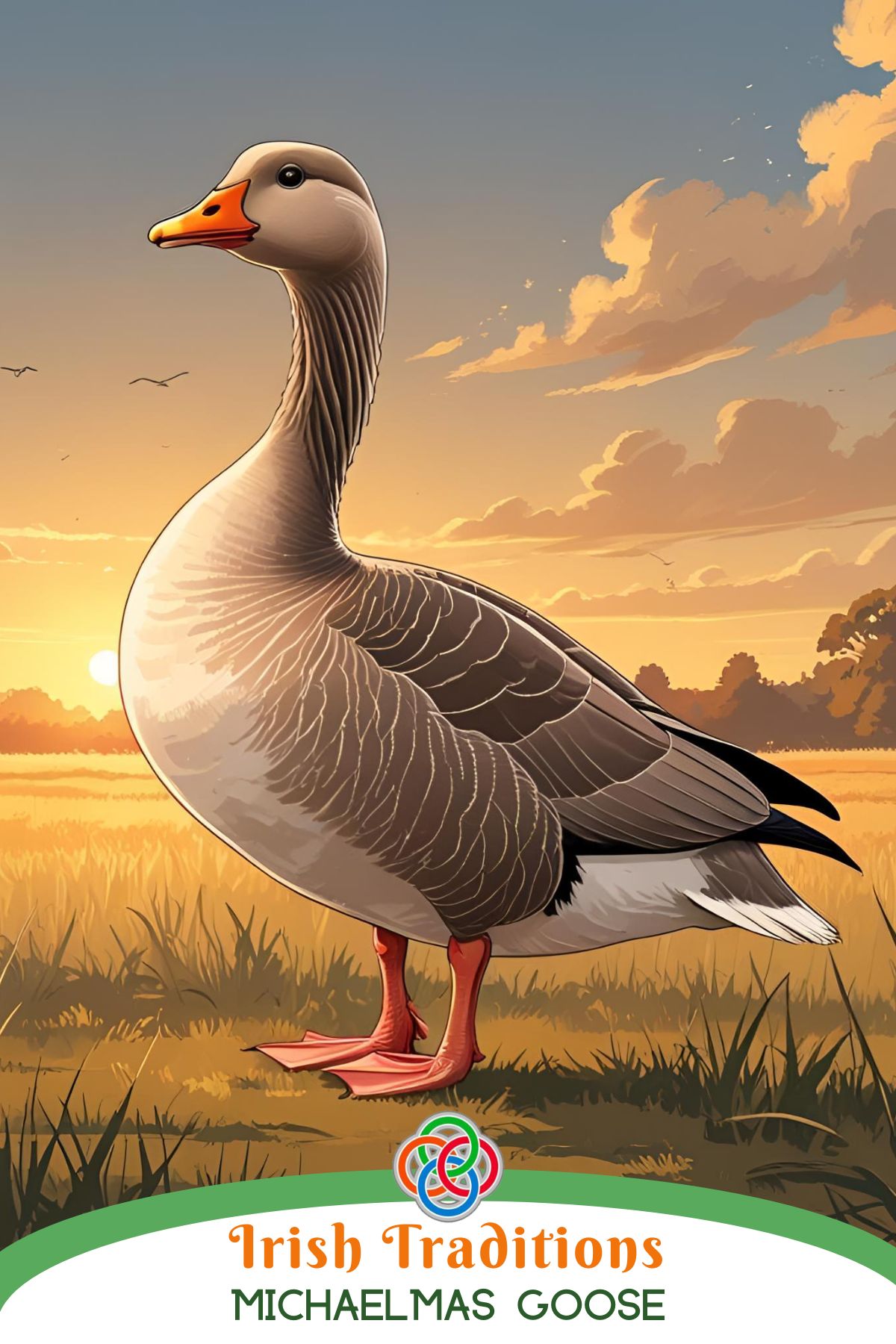
Traditional Foods and Celebrations for Michaelmas
In some regions of the British Isles, geese were traditionally eaten on Michaelmas, giving rise to the saying, "Eat a goose on Michaelmas Day, want not for money all the year." This custom is tied to the financial settlements that took place on quarter days, and a goose was often fattened for this purpose.
Michaelmas daisies (a type of autumn-flowering aster) were also associated with the day, symbolizing the changing season and the arrival of cooler weather.
Fairs and festivals were common, especially in rural areas, where people would celebrate the harvest's end with feasting and gatherings.
Legal and Academic Traditions Associated with Michaelmas
In the UK, Michaelmas marks the beginning of the legal and academic year. The Michaelmas term is the first term of the legal year in the courts.
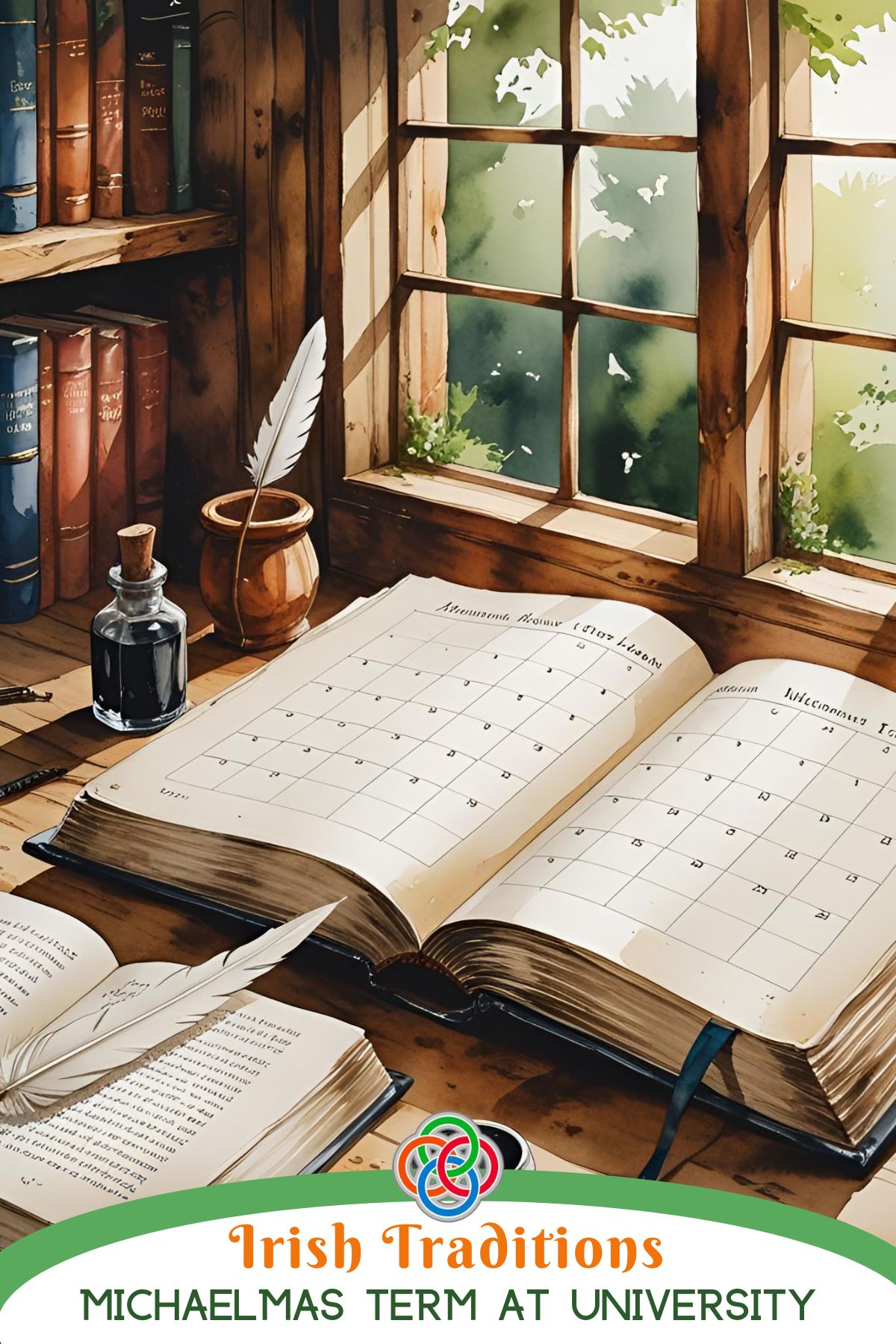
It is also the name for the first academic semester or term of the year at universities like Oxford and Cambridge, and also in Trinity College in Dublin.
Michaelmas Folklore and Superstitions
In Irish and Scottish folklore, Michaelmas was sometimes associated with the end of the fishing season, and various superstitions and customs arose regarding this day.
It was a day strongly associated with seasonal change, the end of the harvest, and a touch of ritual protection for the months to come. One of the most enduring traditions was the eating of a goose on Michaelmas Day. Many households would save and fatten a bird through the late summer, believing that a Michaelmas goose brought good fortune and prosperity for the year ahead.
The sight of Michaelmas daisies blooming in late September was another seasonal signpost; these flowers were often taken as a gentle reminder that the harvest ought to be finished before the weather turned.
The day also marked the end of blackberry picking. Folklore held that after Michaelmas, the devil, having been cast from heaven on that date, landed in a blackberry bush and spoiled the fruit, rendering it unfit to eat. While this tale carries a moral flourish, it also coincided with the natural spoiling of late berries after the onset of frost and damp.
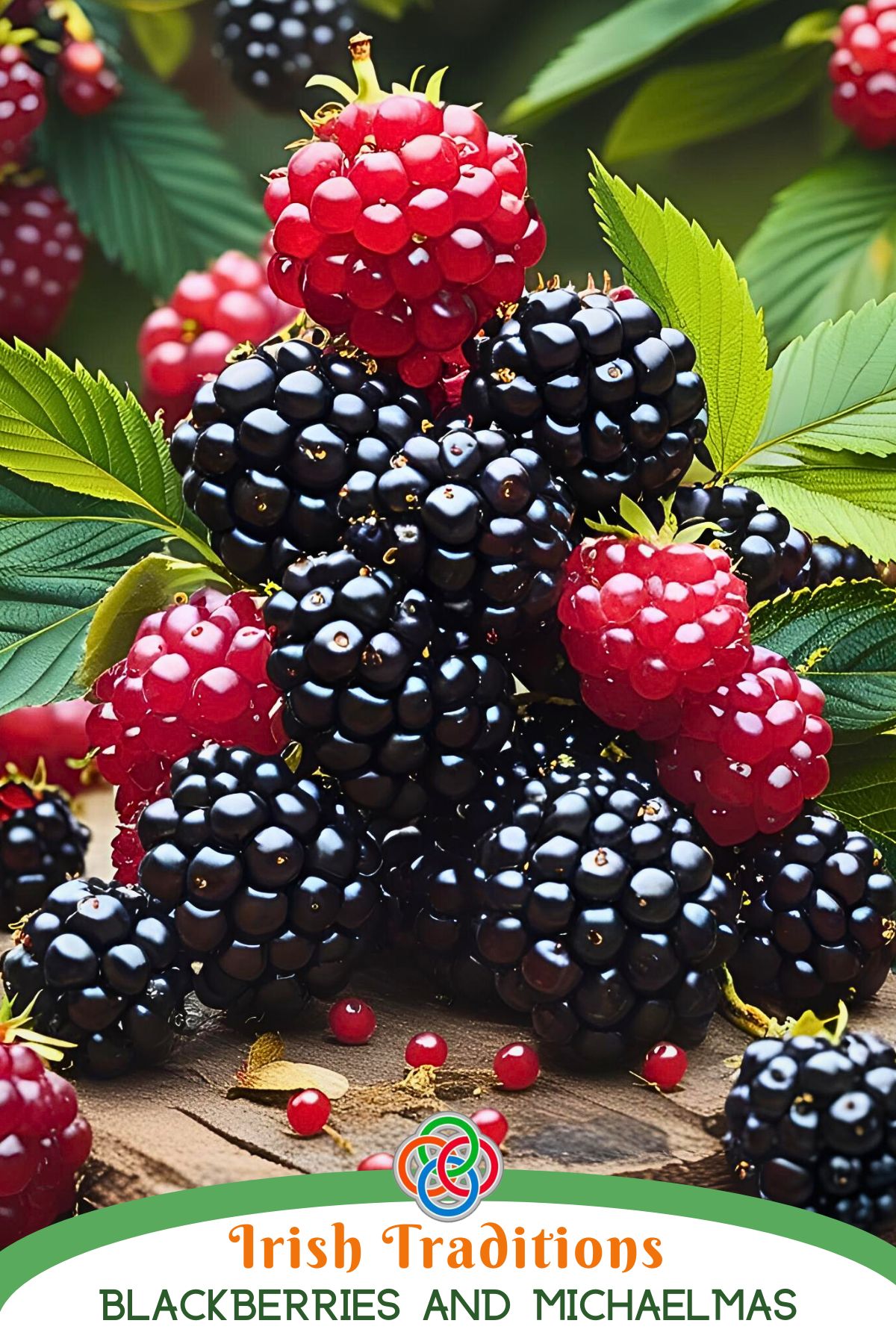
Michaelmas was likewise a turning point in the agricultural year, signalling the close of one working cycle and the beginning of another. Hiring fairs often took place around this time, and while starting a major new task before Michaelmas could be considered unlucky, making new agreements or renewing employment on the day itself was thought to be blessed under St Michael's protection.
As the archangel was regarded as a guardian against evil, some families renewed prayers and charms on Michaelmas to secure protection through the dark months ahead.
In certain rural traditions, children were told that good behaviour on Michaelmas would ensure St Michael's watchful care throughout the winter, blending moral guidance with a comforting promise of divine guardianship.
The day, therefore, stood at the threshold between seasons, combining the practical rhythms of rural life with deep-rooted beliefs about luck, protection, and the unseen forces guiding the year.
In Conclusion
Overall, Michaelmas is a day with both religious and cultural significance, symbolizing the changing of seasons, the close of the harvest, and the ongoing spiritual fight against evil forces, embodied by Saint Michael the Archangel.
And so, as the evenings draw in and the year tips gently toward winter, Michaelmas reminds us of the old wisdom carried across generations and oceans.
Whether it's the tale of the devil's blackberries, the comforting roast of a goose on the table, or the bright bloom of the last daisies, these traditions weave a thread between Ireland's rural past and our lives today.
For those of us with Irish roots, keeping such customs alive, even if only in story, is a way of honouring the resilience, faith, and gentle humour of the people who came before us.
Michaelmas may be a quieter feast now than it once was, but its spirit still whispers in the changing air, bidding us to gather, give thanks, and step together into the darker days with hope in our hearts.

Slán agus beannacht,
(Goodbye and blessings)
Mairéad -Irish American Mom
Pronunciation - slawn ah-gus ban-ock-th
Mairéad - rhymes with parade
Irish Superstitions
- More Chills from the Celtic Shadows: 5 Lesser-Known Irish Spooks and Spirits
- The Wailing Banshee in Irish Mythology
- Five Spooky Irish Folktales for Halloween
- What Are The Scaraveens?
Irish Traditions
- Igniting Tradition - The Blaze of Halloween Bonfires
- Irish Family Crests: An Easy Step by Step Guide
- Everything You Need to Know About Irish Pub Culture
- Learning About the Irish Reel Dance


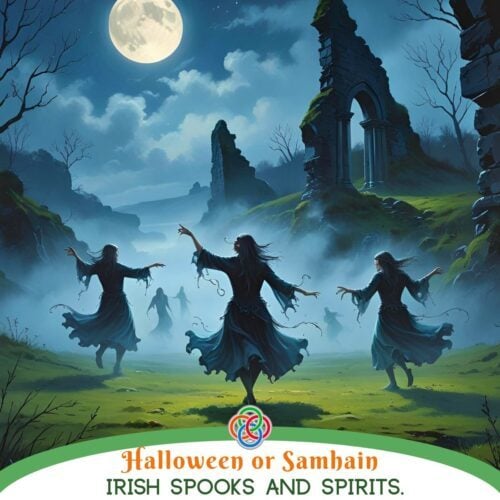











Leave a Reply